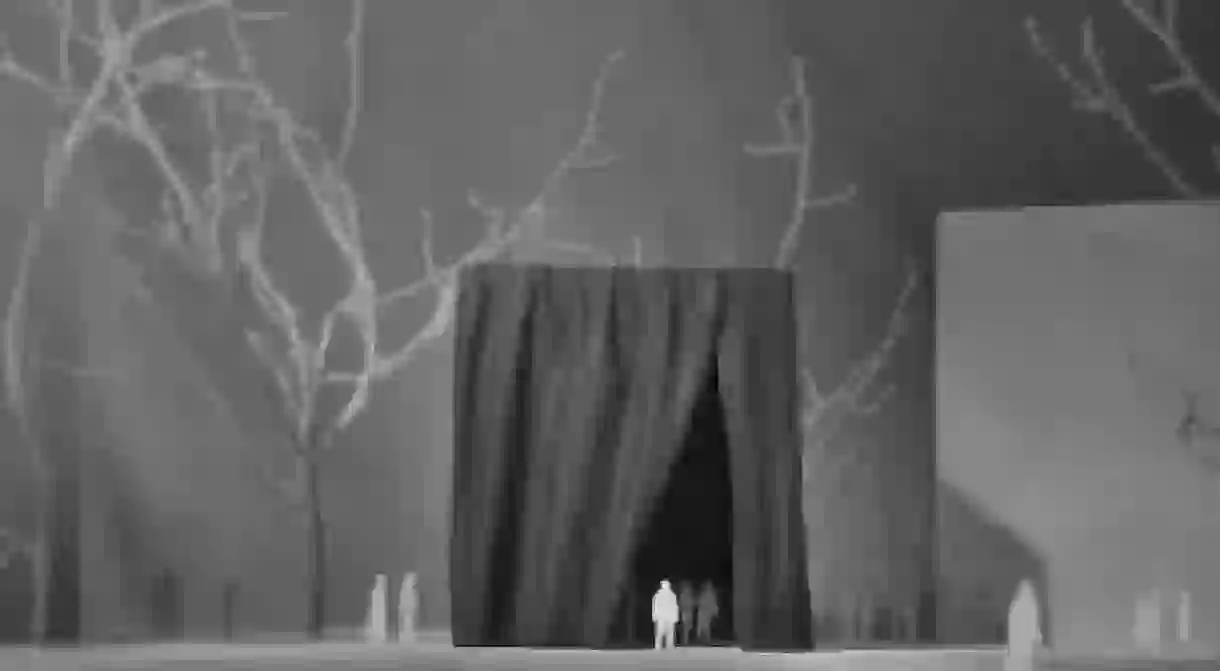10 Polish Architects You Should Know

From commemorative skyscrapers in Lower Manhattan to Deconstructivist office blocks in the heart of Warsaw, to crooked houses on the sands of Sopot and swirling masses in the swells of the Florida Atlantic, this breakdown of the best Polish architects will encompass the contemporary, the cutting-edge and the downright curious.
Karol Żurawski
Celebrated for his Minimalist, organic approach to urban architecture and commemorative pieces, Karol Żurawski has won first prize in competitions run by the Polish National Opera and BMW. Critics have noted the similarities between his distinct, characterful and avant-garde style and that of his former tutor, the Swiss architect Peter Zumthor.

Daniel Libeskind
Unquestionably one of the definitive contemporary Polish architects working today, Daniel Libeskind was born in the industrial city of Łódź in 1946. His overtly unique works have spanned right across the globe, ranging from the zig-zagging Jewish Museum Berlin to the RIBA-attested Wohl Centre in Ramat-Gan, Israel. More recently, Libeskind has risen to worldwide notoriety as the lead designer in the new World Trade Center master plan in New York.

Jakub Szczesny
Now famed across the globe as the Polish architect who’s changing the face of urban housing forever, Jakub Szczesny’s works include the Podkowa House – a single-story timber home that mingles seamlessly with its wooded surroundings on the outskirts of Warsaw – and the so-called Keret House – the narrowest residential building on the planet – on Chłodna and Żelazna, also in Warsaw. Szczesny is also known as one of the members of the influential Polish design group, Centrala.

Krzysztof Ingarden and Jacek Ewý
Anyone who’s ever wandered down the side streets shooting out from Kraków’s old town may well have come across one of the majestic and intriguing pieces by contemporary architectural duo Krzysztof Ingarden and Jacek Ewý. The curious slatted frame of the Małopolska Garden of Arts on Rajska Street is one of their finest pieces, oozing modernity opposite the city’s stark, grey library complex. The all-new ICE conference center on the far side of the Vistula River is another fantastic example – a flowing mass of grey, white and red panels that stand out gloriously from the surrounding tenements.
Maciej Jakub Zawadzki
There are few on-going architectural projects on the planet that could possibly match up to the ambition and scope of Maciej Jakub Zawadzki’s proposed plans for the Miami Pier Museum of Latin American Immigrants. He envisages a twisting mass that curves and hulks its way out into the swells of the Atlantic Ocean. That said, Zawadzki is also known for his work on sustainable housing architecture and public offices in the Polish capital of Warsaw.
Marcin Kwietowicz
Famed for weaving innovative, avant-garde design throughout the interiors of Warsaw boutiques and creating a number of curious concept retail spaces, Marcin Kwietowicz is hailed as one of the leading figures currently shaping the veneer of the Polish capital. What’s more, his collaborations with Piotr Brzoza have earned him accolades for residential construction, while his glass pavilion over Edward Krasiński’s Studio on Al. Solidarności remains a true icon of the city.
Piotr Michalewicz and Mateusz Tański
Coming together after years of experience working in some of the most acclaimed architectural firms in Paris and New York, Piotr Michalewicz and Mateusz Tański are now established as two of the most innovative designers undertaking large-scale public projects in Poland. Perhaps most notably the duo have won awards for their recent work on the redevelopment of the so-called Gdynia Riviera and the commemorative museum complex at the former Nazi concentration camp at Sobibór.

Szotynscy Zaleski
Ever since completing the iconic Krzywy Domek complex in the northern Tricity department of Sopot, architects Szotynscy Zaleski have become synonymous with the more surreal side of Polish building work. The piece, which is now hailed as the most photographed building in the country, is apparently void of any right-angles and was supposedly inspired by the eerie fairy-tale sketches of Jan Marcin Szancer.













